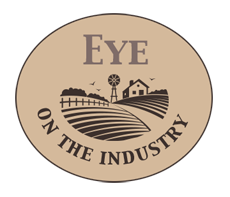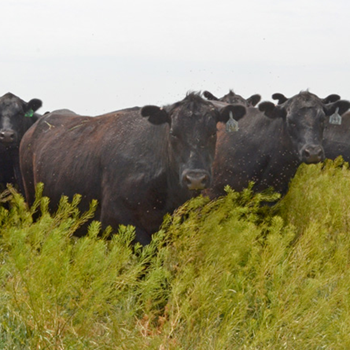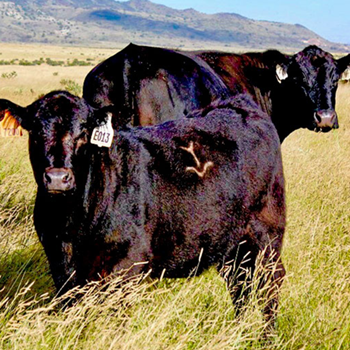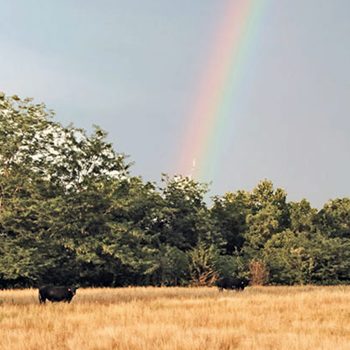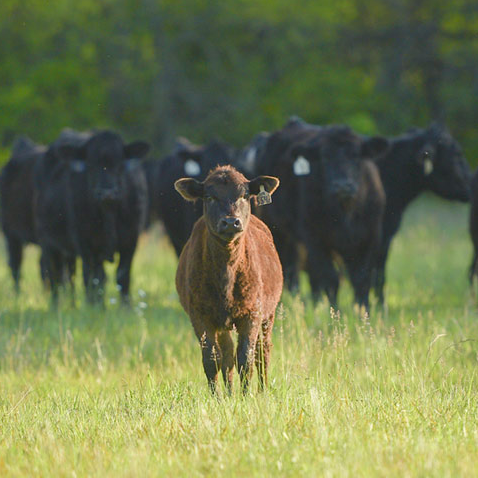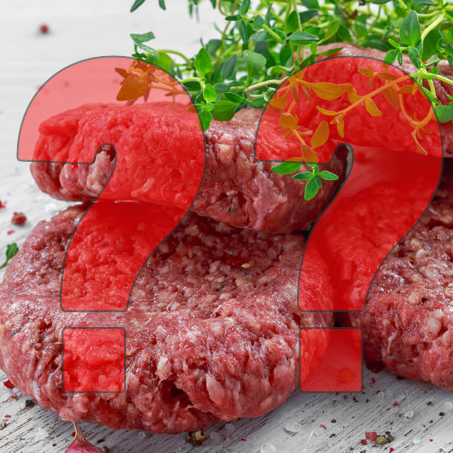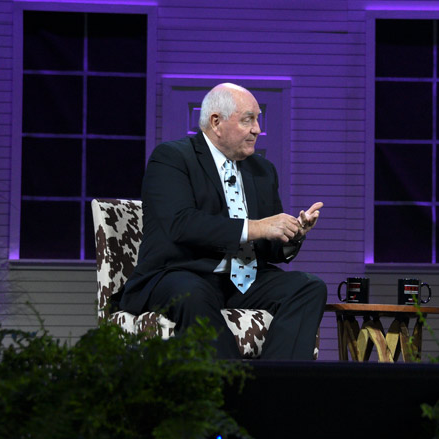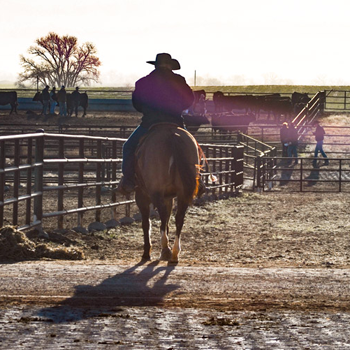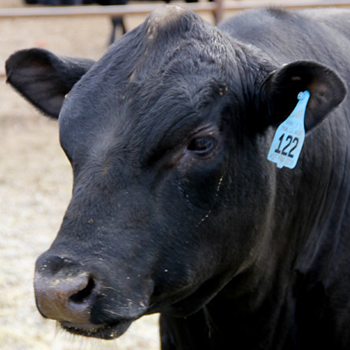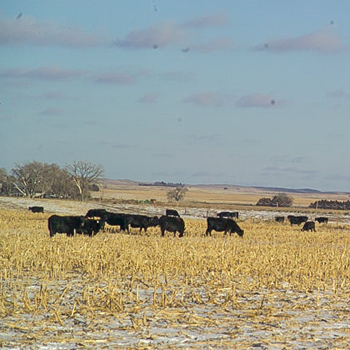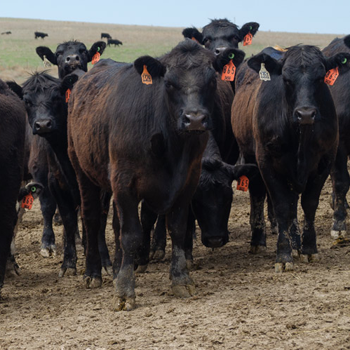
Assisted Delivery
Veterinarian offers tips for correcting malpresentations at calving.
Many if not most cow-calf producers eagerly anticipate the coming of calving season, anxious to see the latest calf crop. However, the season can be colored by angst, too, when producers must deal with calving difficulty. In an ideal world, all cows and heifers would calve unassisted, but in the real world it’s advantageous for producers to know how to recognize dystocia and to know when and how to intervene in the delivery of a calf.
During the 26th Range Beef Cow Symposium hosted Nov. 18-20 in Mitchell, Neb., Iowa State University Veterinarian Caitlin Wiley discussed parturition in the bovine female — what is normal and what is not. Using models of a cow and calf, she demonstrated various techniques for rendering assistance.
Wiley summarized the three stages of parturition, describing the first stage as the two- to eight-hour period during which the cervix becomes relaxed and dilated and the fetus rotates into position for delivery. The second stage begins with rupture of the allantoic sac, or water bag, followed by uterine contractions and delivery of the calf. Following this second stage, which may be as short as 30 minutes (cows) or as long as four hours (heifers), is the expulsion of fetal membranes representing the third stage of labor.
Wiley explained that when dystocia is suspected, vaginal palpation allows assessment of cervical dilation, calf viability and the presentation, position and posture of the calf. She advised application of liberal amounts of lubrication to gloved hands and arms when making an assessment and while aiding delivery.
 |
Talking about tools used in aiding delivery, Iowa State University Veterinarian Caitlin Wiley stated a preference for obstetrical chains, over straps or ropes, because they are easier to clean and disinfect. She recommended that the obstetrical toolbox include three long (60-inch) chains and two handles. |
“When you palpate, a key to success is to use both arms,” said Wiley. “Depending on the calf’s orientation, you may be able to manipulate better with one arm versus the other. Heifers, especially, have tight vaginal canals. Using both arms, you can manually stretch the vaginal canal to prevent tears and ease delivery.”
Talking about tools used in aiding delivery, Wiley stated a preference for obstetrical chains, over straps or ropes, because they are easier to clean and disinfect. She recommended that the obstetrical toolbox include three long (60-inch) chains and two handles.
“You may not need the extra length, but it can be a life-saver when you do,” said Wiley, advising attaching a chain to any accessible limb because it is much easier to retrieve a limb if a chain is already attached. Demonstrating how chains are to be applied to the calf’s legs to aid delivery, Wiley advised placement of a loop well above the fetlock and a half-hitch below the fetlock.
She also demonstrated use of a head snare, which is used to bring the calf’s head into favorable position, reminding producers that the head should not be a primary pulling point. Pulling pressure is applied to the legs only during extraction.
Regarding the amount of pressure that should be applied, Wiley said one strong person on each of two legs is generally considered acceptable. As a key to success, she advised producers to work with the cow, applying pulling pressure when the cow has contractions, maintaining tension while she rests and resuming pressure when contractions resume.
After discussing techniques for correcting common calf malpresentations, Wiley offered advice for post-delivery management of the calf. She recommended that, after placing the calf on its sternum, its nostrils and mouth should be cleared of debris. Vigorous rubbing applied to the ribcage will help stimulate breathing. Tickling the nostrils with a clean piece of straw can induce the calf to sneeze and expel fluid and mucus from nasal passages.
Wiley concluded by reminding producers that early intervention may be essential to aiding dystocia, and producers presented with a case for which they are unprepared should not hesitate to seek assistance from a veterinarian or a more experienced person.
View the PowerPoint accompanying this presentation in the Newsroom at www.rangebeefcow.com. Angus Media provides online coverage of the event, courtesy of sponsorship by Leachman Cattle of Colorado.
Editor’s note: Troy Smith is a cattleman and a freelance writer from Sargent, Neb.
